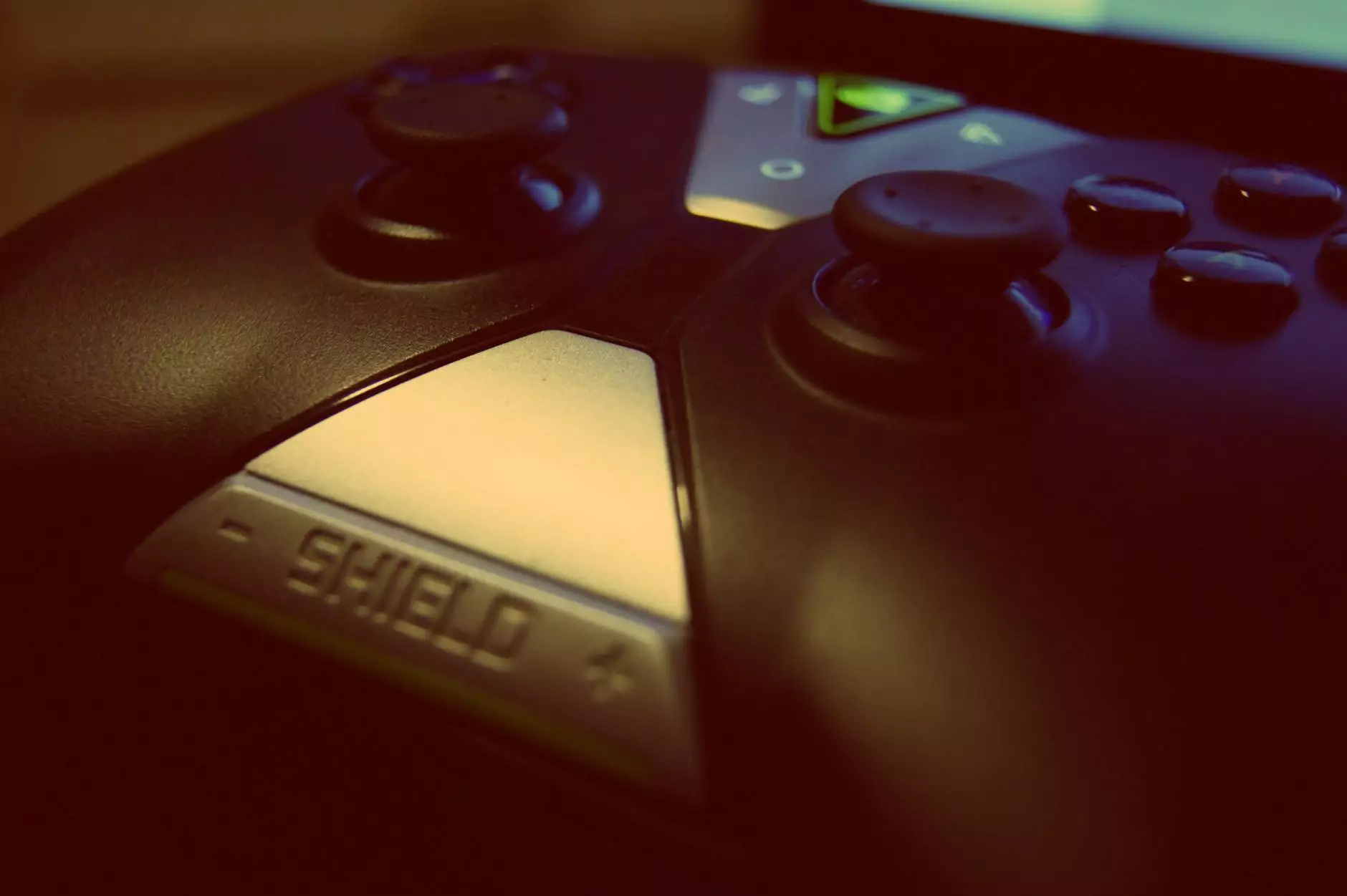How to Port Games to Switch: A Comprehensive Guide for Developers

Porting games to the Nintendo Switch can be a highly rewarding endeavor. As one of the best-selling gaming consoles of all time, the Switch presents a prime opportunity for developers to reach a broad audience. However, the process involves various technical considerations and creative adjustments. This article will thoroughly explore the process of porting games to Switch, offering insights and tips that can enhance your game development strategy.
Understanding the Nintendo Switch Ecosystem
Before plunging into the technicalities of porting games, it's crucial to understand the Nintendo Switch ecosystem. The console is unique, utilizing both handheld and docked modes, which necessitates thoughtful design and functionality considerations in any porting project.
- Hardware Differences: The Switch features a custom NVIDIA Tegra chipset, which is significantly different from the architectures used in other consoles like PlayStation or Xbox.
- Screen Resolution: The Switch displays at 720p in handheld mode and 1080p when docked. This means developers need to adjust graphics and UI for variable resolutions.
- Input Methods: It supports various controls, including Joy-Con, touchscreen, and Pro controllers, which should be factored into the gameplay experience.
Research and Preparation
Before starting the actual porting process, conducting ample research is critical. This involves looking into the following:
- Game Performance: Assess how your game performs on other platforms and identify potential bottlenecks that may occur on Switch.
- Target Audience: Understand the demographics of Switch users, and what genres or styles resonate best with this audience.
- Market Trends: Analyze current trends in the gaming market for the Switch to tailor your game's features accordingly.
Technical Requirements for Porting Games to Switch
Now that you have a foundational understanding of the Switch ecosystem, let's delve into the technical requirements needed for a successful port. This section will highlight essential coding practices, engine adaptations, and optimizing gameplay.
1. Use the Right Game Engine
Your choice of game engine can significantly affect the ease of porting. Popular options that support Switch development include:
- Unity: A versatile engine that has a robust support system for Switch porting, allowing for efficient graphical adjustments and control schema modifications.
- Unreal Engine: Known for its stunning visuals and comprehensive documentation, it facilitates a smoother transition for high-fidelity games.
- GameMaker Studio: Ideal for 2D games, it provides tools tailored for simpler porting processes to Switch.
2. Optimize Graphics and Performance
The Switch has a lower graphical fidelity compared to other consoles, so it's essential to optimize your game’s assets:
- Texture Resolution: Reduce texture sizes to ensure smooth performance without significant loss of visual quality.
- Polygon Count: Simplify models where possible by reducing polygon counts to optimize rendering times.
- Frame Rate: Aim for 30 FPS as a baseline, but target 60 FPS for a smoother experience wherever feasible.
3. Adjust Gameplay Mechanics
Porting isn't just about visuals; it also requires gameplay adaptations, particularly due to the Switch's unique controls:
- Control Schemes: Ensure that control schemes are adaptable to different input devices (e.g., Joy-Con and touchscreen).
- UI Scaling: Adjust the UI elements to be convenient for both handheld and docked modes, ensuring readability on smaller screens.
- Battery Performance: Test how your game impacts battery life in handheld mode and optimize performance to prolong play sessions.
Testing and Quality Assurance
Quality assurance is an integral part of porting games to the Switch. This stage is crucial for identifying issues that can affect user experience:
1. Conduct Rigorous Testing
Perform different types of testing, such as:
- Functional Testing: Ensure all game features work as intended across all modes and input methods.
- Performance Testing: Monitor frame rates, loading times, and responsiveness during diverse gameplay scenarios.
- Compatibility Testing: Check compatibility with various firmware updates and account for different user settings.
2. Gather Feedback
Engage with early users or beta testers who can provide valuable feedback:
- User Experience Surveys: Create surveys to gather opinions on gameplay, graphics, and control responsiveness.
- Bug Reports: Encourage players to report issues so that you can address them before the final release.
Publishing Your Game on the Nintendo eShop
Once all testing is complete and updates are made, the next step is to prepare for publishing your game on the Nintendo eShop:
- Create a Compelling Store Page: Design an engaging store page with quality graphics, detailed game descriptions, and captivating trailers to attract players.
- Marketing Strategies: Utilize social media, influencers, and advertising to promote your game during and after its release.
- Updates and Support: Plan for post-launch updates and expansions to keep your player base engaged and address any issues that arise.
Conclusion: The Future of Gaming on the Nintendo Switch
Porting games to the Nintendo Switch presents both challenges and opportunities. With careful planning, technical proficiency, and a keen understanding of the Switch’s unique ecosystem, developers can unlock significant potential in this vibrant market. As you embark on your porting journey, remember to focus on user experience, performance, and adaptability to stand out in the competitive landscape of game publishing.
At pinglestudio.com, we are passionate about empowering game developers with the knowledge and resources necessary to thrive in this exciting environment. By mastering the art of porting games to Switch, you not only expand your audience but also enhance the gaming landscape for countless enthusiasts around the globe.
how to port games to switch








